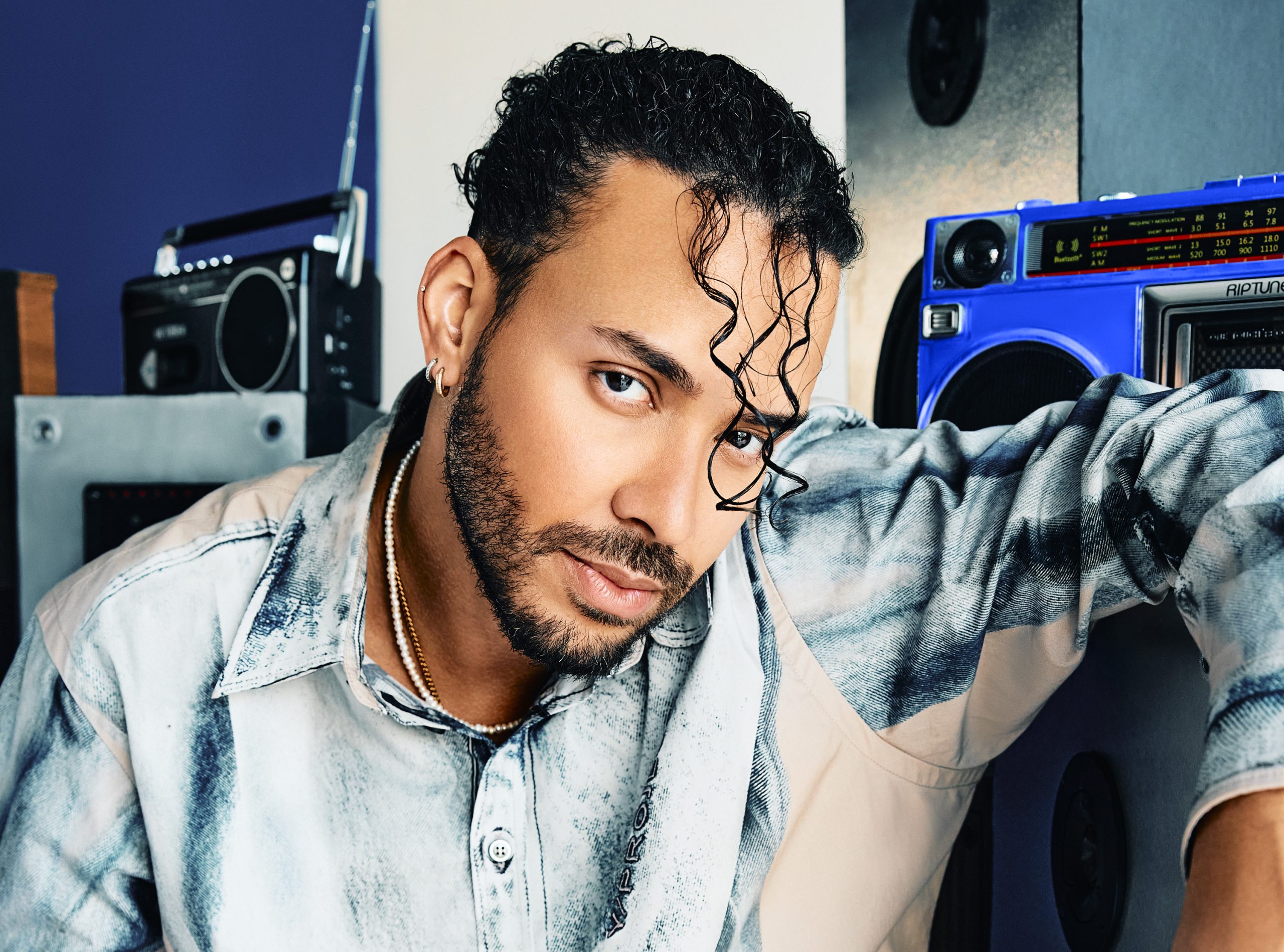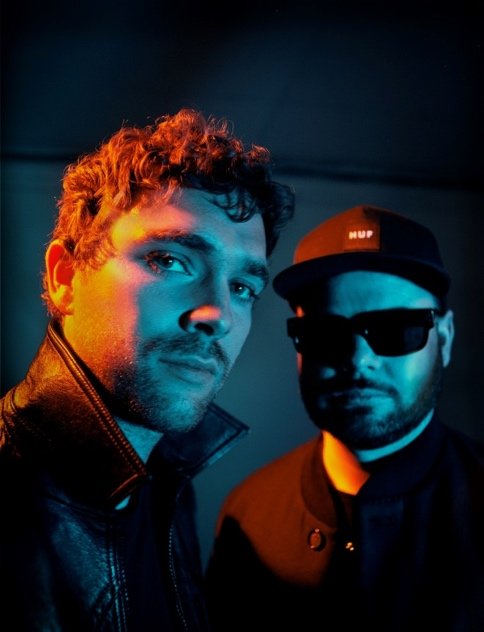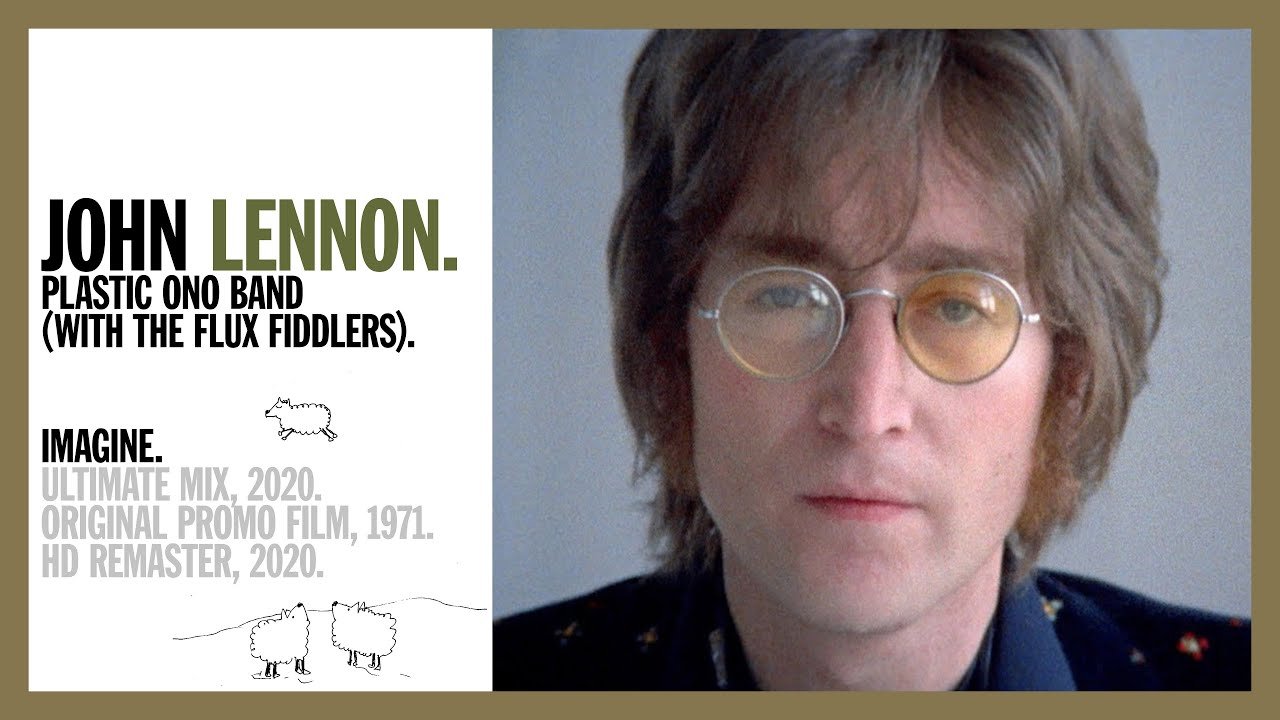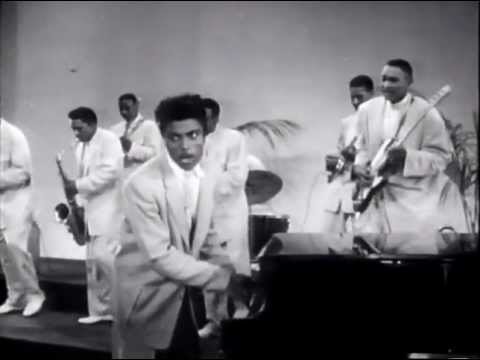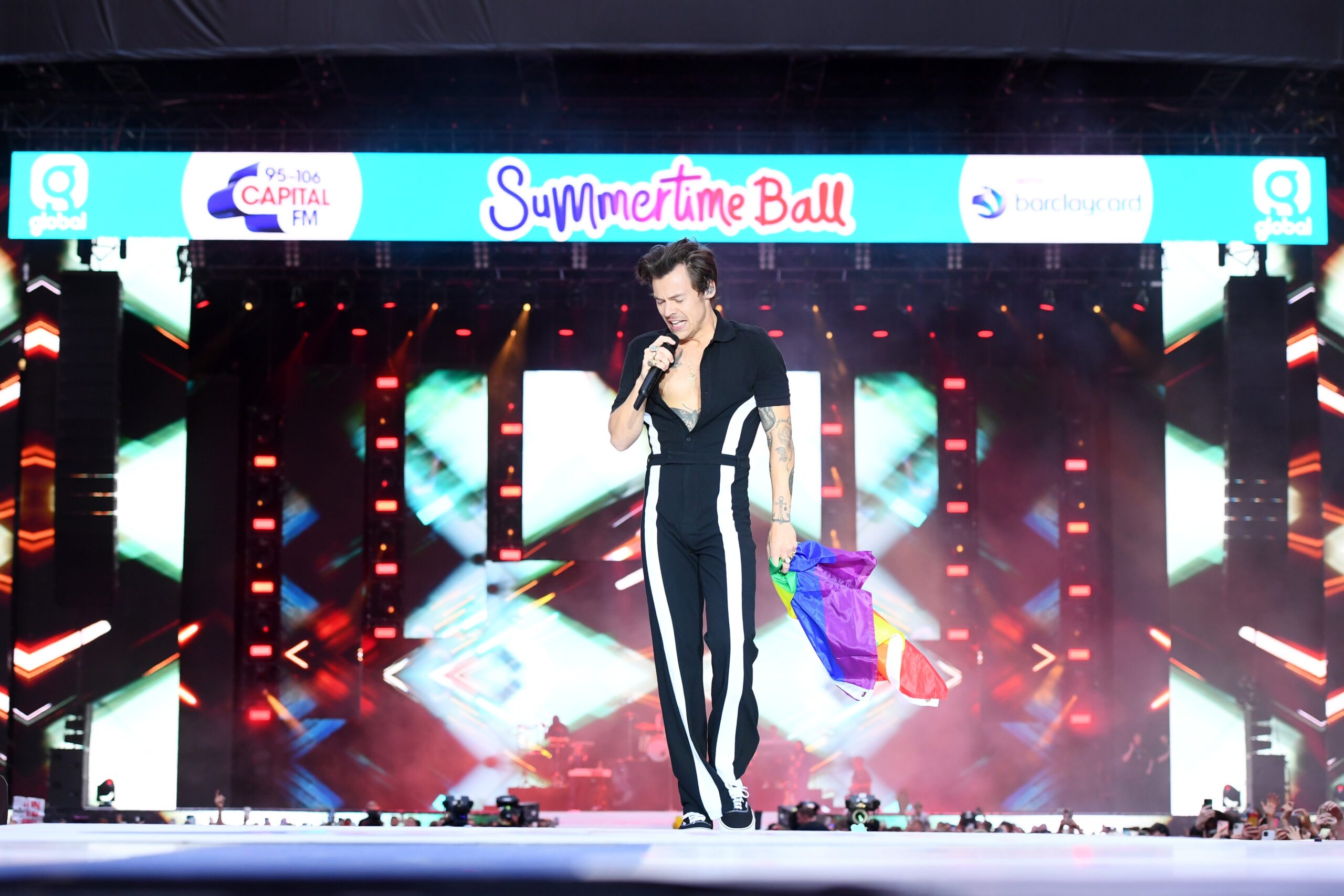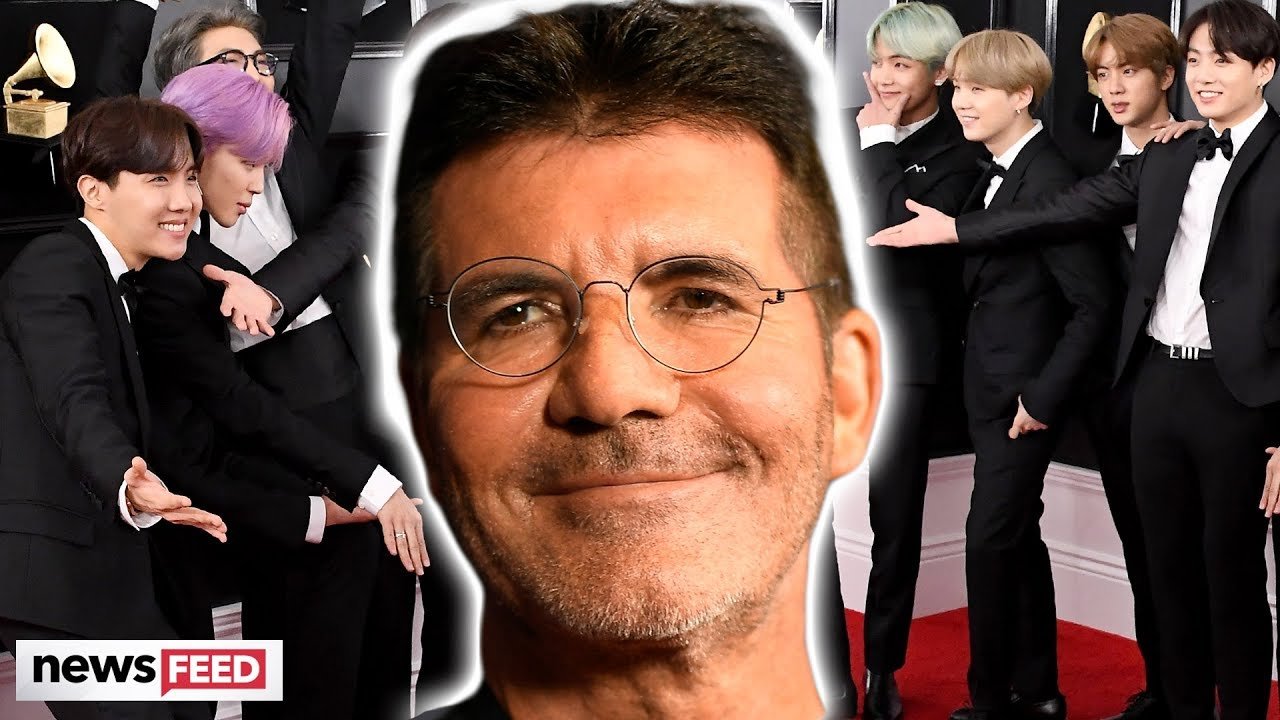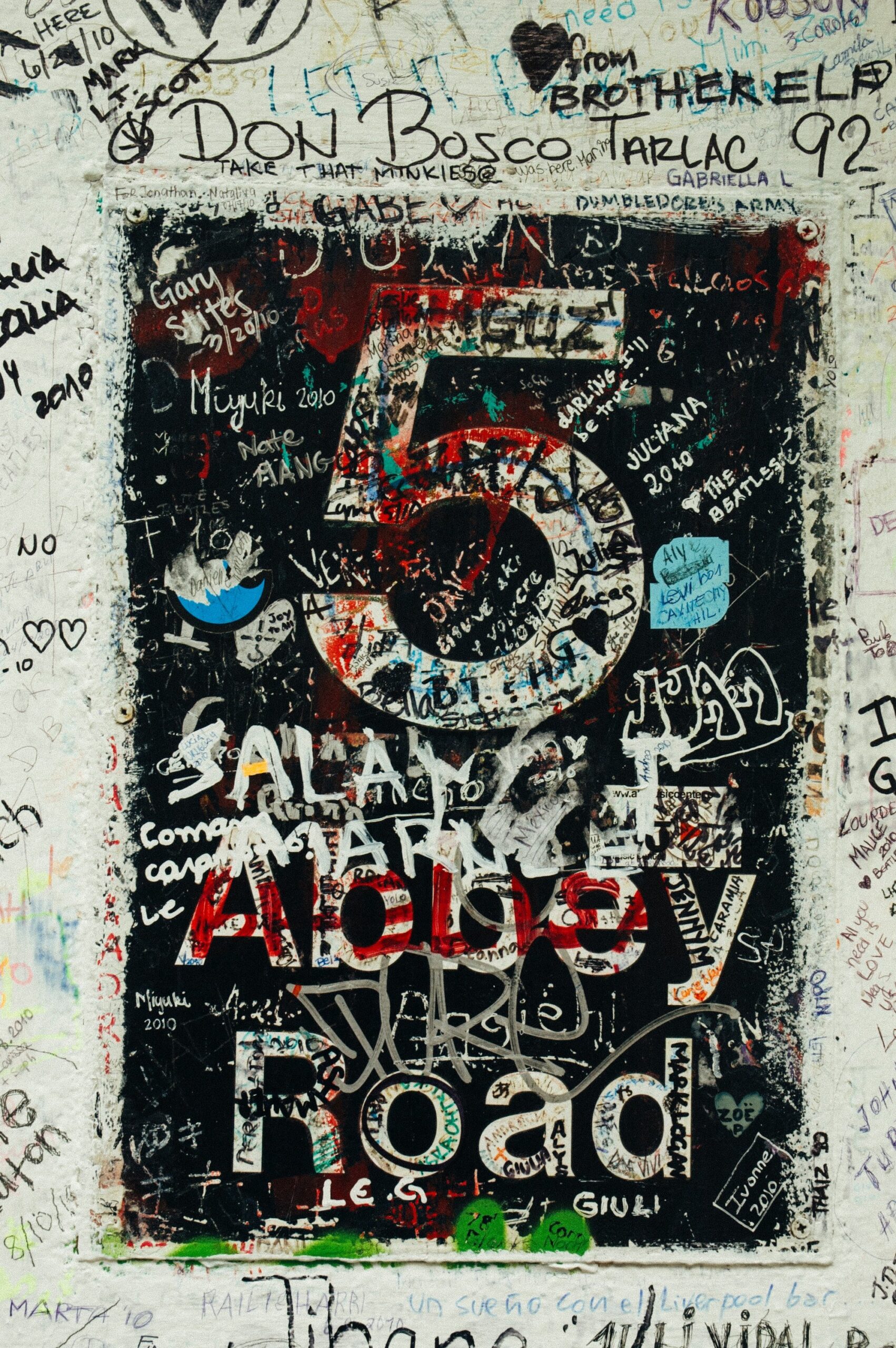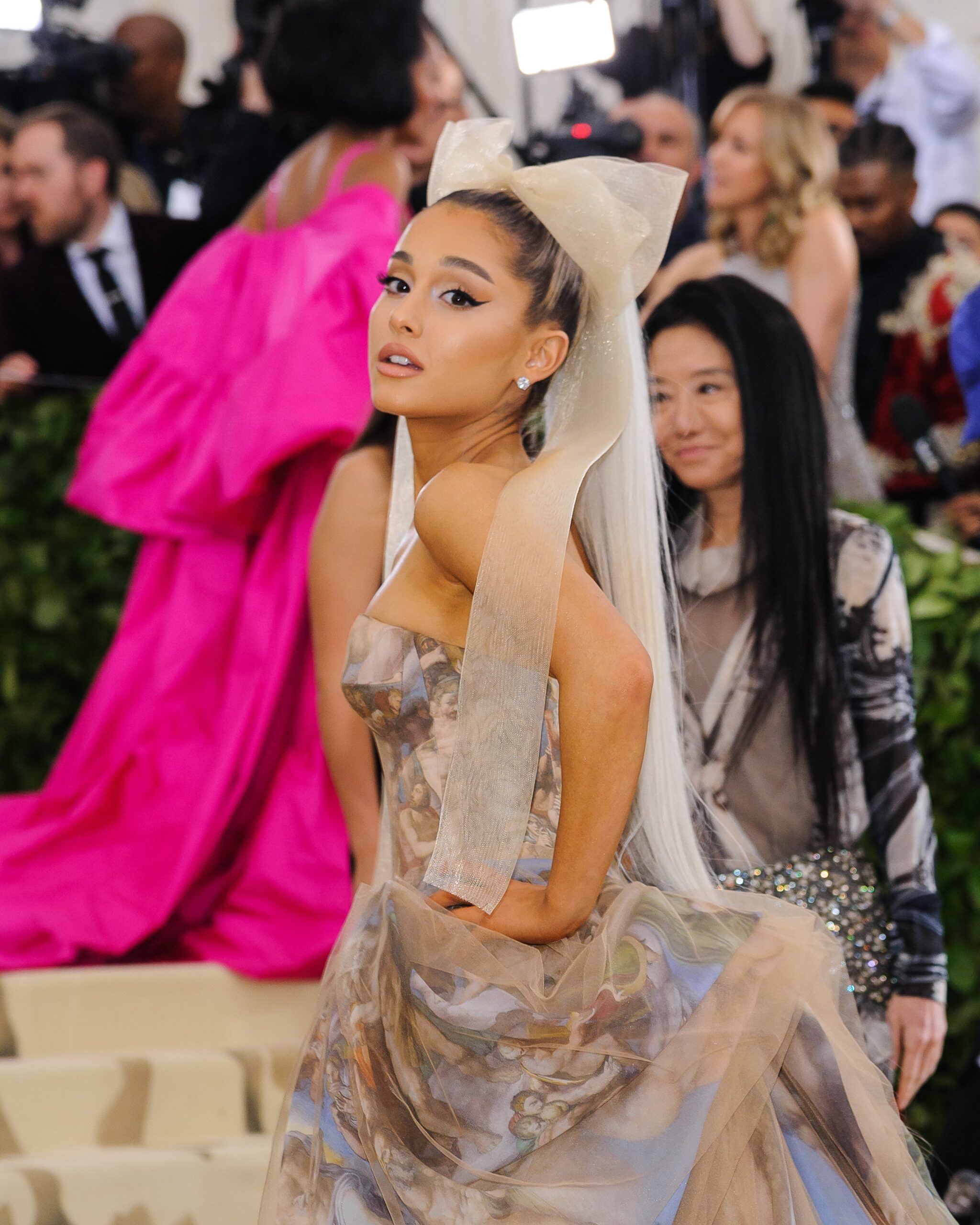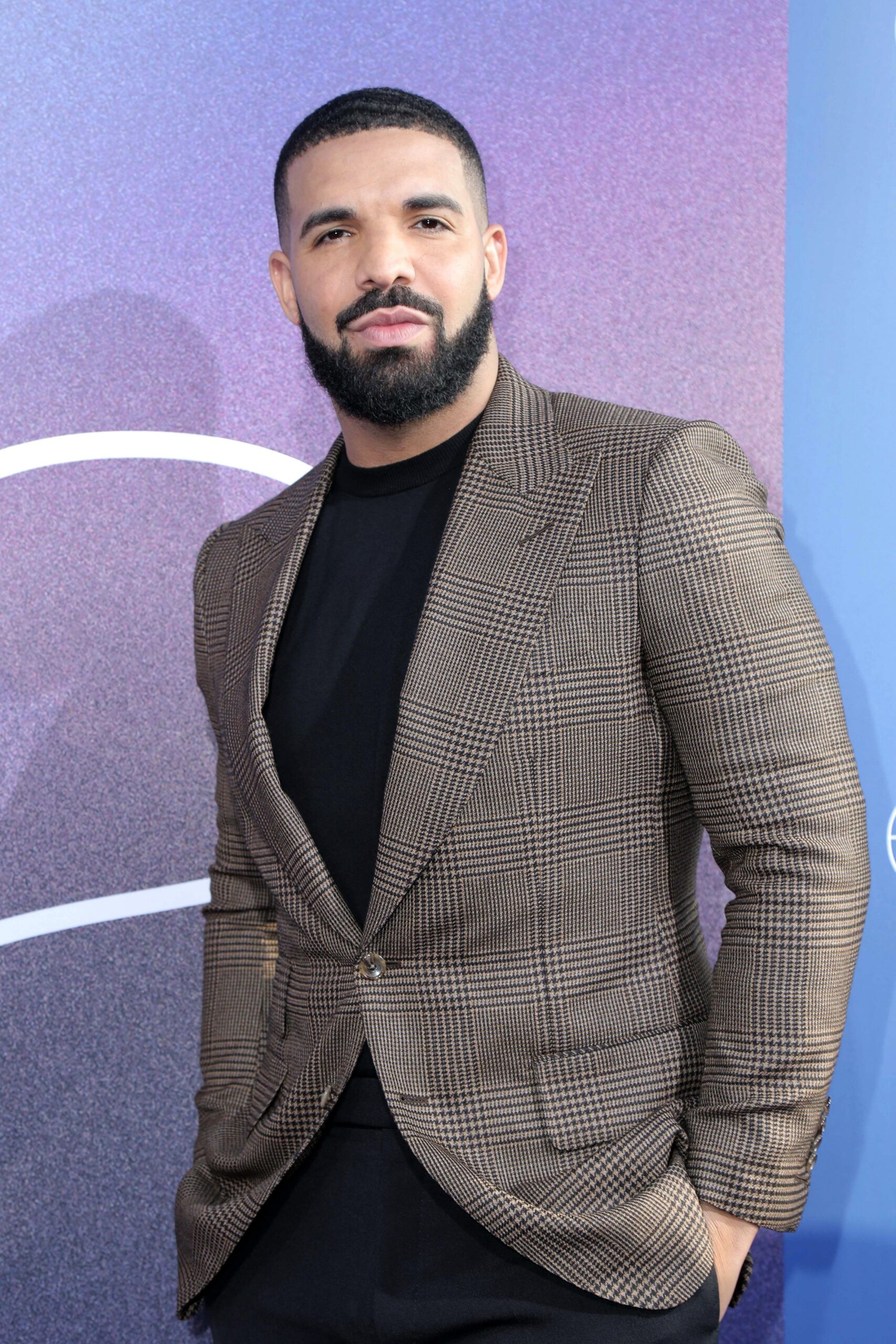Mike Kerr and Ben Thatcher are childhood friends who shared a love for rock-and-roll music growing up. With Kerr’s vocals and bass and Thatcher’s drums, together the pair created Royal Blood – manifesting their love of rock into a full-fledged rock duo sensation. The British duo have been making hits for a while now, amassing […]
